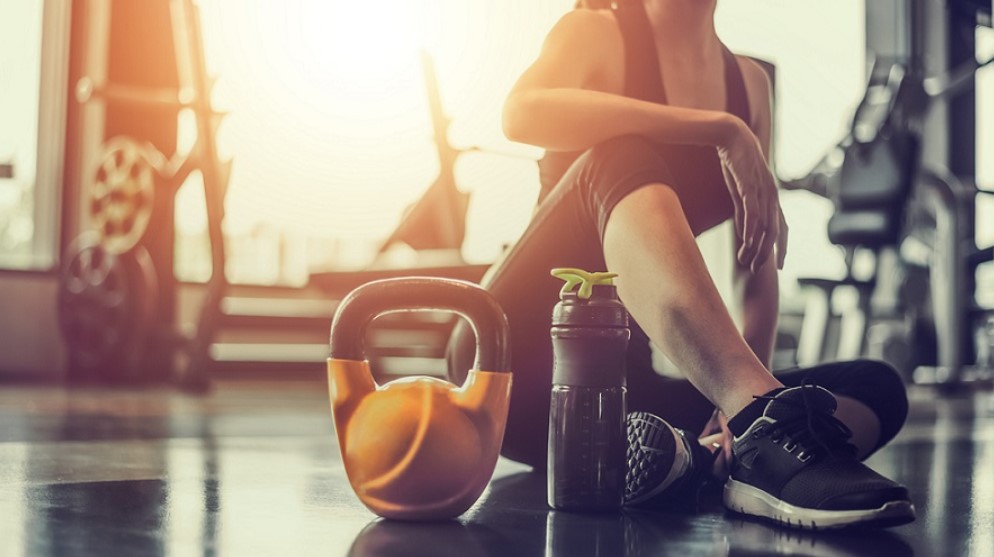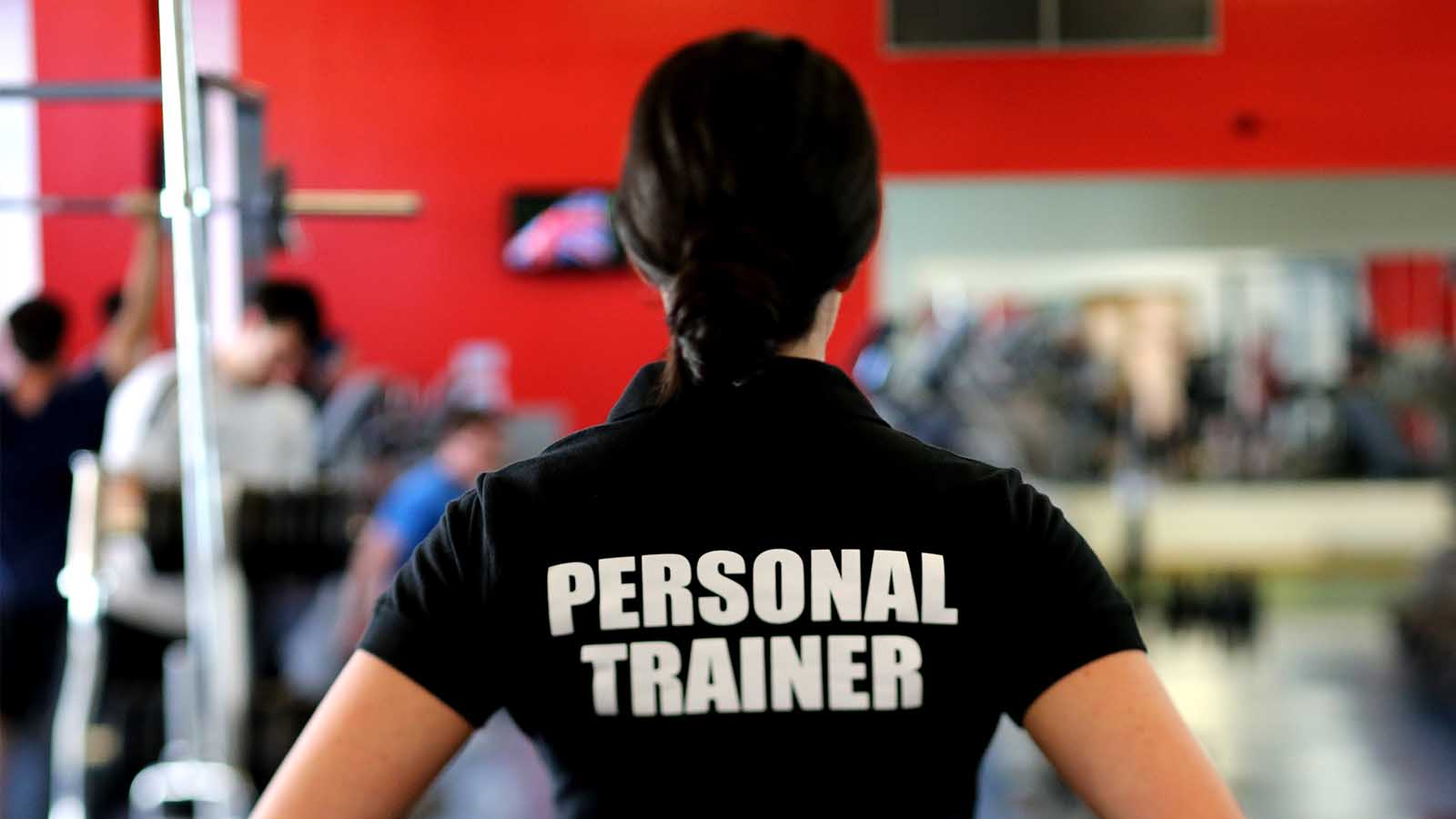Best Fitness Routine for Beginners

Starting a fitness journey can be both exciting and overwhelming, especially if you’re a beginner. This guide will help you build a solid foundation with a beginner-friendly fitness routine. Whether your goal is to lose weight, build muscle, or improve overall health, this routine will set you on the right path. Let’s dive in and explore the best fitness routine for beginners.
Why Starting a Fitness Routine is Important
Starting a fitness routine is the first step towards a healthier lifestyle. Regular exercise has numerous benefits, including weight management, improved mental health, and a reduced risk of chronic diseases. However, it’s important to start with a routine that suits your fitness level to avoid injury and burnout.
Physical Health Benefits
Engaging in regular exercise can significantly improve your physical health. It strengthens your heart, improves circulation, and boosts your immune system. For beginners, even moderate exercise can lead to noticeable improvements in energy levels and overall well-being.
Mental Health Benefits
Exercise is not just beneficial for your body; it’s also great for your mind. Physical activity releases endorphins, which are natural mood lifters. Regular exercise can help reduce stress, anxiety, and depression. As a beginner, starting a routine can be a powerful tool for mental clarity and emotional stability.
Building Healthy Habits
Starting a fitness routine as a beginner helps you build healthy habits that can last a lifetime. Consistency is key to achieving your fitness goals, and establishing a routine early on will make it easier to stay committed. By incorporating exercise into your daily life, you’re setting the foundation for long-term health.
Setting Realistic Fitness Goals
Before diving into a fitness routine, it’s important to set realistic goals. Having clear, achievable goals will keep you motivated and focused on your progress.
Understanding Your Current Fitness Level
As a beginner, it’s crucial to assess your current fitness level before setting goals. This will help you create a routine that is challenging yet achievable. Start by evaluating your strength, flexibility, and endurance. You can do this through simple tests like push-ups, sit-ups, and timed runs.
Short-Term vs. Long-Term Goals
When setting fitness goals, it’s helpful to distinguish between short-term and long-term objectives. Short-term goals might include increasing your daily steps or completing a 30-minute workout three times a week. Long-term goals could involve running a 5K or losing a certain amount of weight. Both types of goals are important for maintaining motivation and tracking progress.
Keeping Your Goals S.M.A.R.T.
Ensure your fitness goals are Specific, Measurable, Achievable, Relevant, and Time-bound (S.M.A.R.T.). For example, instead of saying, “I want to get fit,” you could set a goal to “Jog for 20 minutes three times a week for the next month.” This approach makes your goals more tangible and easier to achieve.
Creating a Balanced Fitness Routine
A balanced fitness routine is essential for overall health and fitness. As a beginner, your routine should include a mix of cardio, strength training, and flexibility exercises.
Cardio Exercises for Beginners
Cardiovascular exercise is great for burning calories and improving heart health. For beginners, low-impact cardio activities like walking, cycling, or swimming are ideal. Start with 20-30 minutes of cardio three times a week, gradually increasing the intensity and duration as you build stamina.
Strength Training Basics
Strength training helps build muscle, increase metabolism, and improve bone density. Beginners should start with bodyweight exercises such as squats, lunges, push-ups, and planks. These exercises target major muscle groups and can be done at home with minimal equipment. Aim for two to three strength training sessions per week.
Flexibility and Stretching
Flexibility is often overlooked but is crucial for preventing injuries and improving range of motion. Incorporate stretching exercises into your routine, focusing on areas like the hamstrings, shoulders, and lower back. Yoga and Pilates are also excellent for beginners, as they combine flexibility with strength and balance.
Importance of Rest and Recovery
Rest and recovery are vital components of any fitness routine. Your body needs time to repair and grow stronger after workouts.
Understanding Rest Days
Rest days are just as important as workout days. They allow your muscles to recover, reducing the risk of injury and burnout. As a beginner, schedule at least one to two rest days per week. This doesn’t mean you have to be inactive; light activities like walking or gentle yoga can help with recovery.
Active Recovery Techniques
Active recovery involves low-intensity exercises that promote blood flow and muscle recovery. Activities like swimming, cycling, or stretching on rest days can speed up the recovery process. This approach keeps you moving without putting too much strain on your muscles.
The Role of Sleep in Recovery
Quality sleep is essential for effective recovery. Aim for 7-9 hours of sleep per night to allow your body to repair and rejuvenate. Lack of sleep can lead to fatigue, decreased performance, and an increased risk of injury.
Nutrition for Beginners
Nutrition plays a crucial role in supporting your fitness routine. As a beginner, focusing on a balanced diet will enhance your results and fuel your workouts.
Macronutrients: Protein, Carbs, and Fats
Macronutrients are the foundation of a healthy diet. Protein is essential for muscle repair and growth, carbohydrates provide energy, and fats support overall health. As a beginner, aim to include a balance of these macronutrients in each meal. Lean meats, whole grains, and healthy fats like avocados and nuts should be staples in your diet.
Hydration: Staying Properly Hydrated
Staying hydrated is key to maintaining energy levels and optimizing performance. Water is the best choice for most beginners, as it helps regulate body temperature and keeps your joints lubricated. Aim to drink at least 8 glasses of water a day, and more if you’re engaging in intense workouts.
Pre and Post-Workout Nutrition
What you eat before and after your workouts can significantly impact your performance and recovery. A small snack containing protein and carbs about 30 minutes before your workout can provide energy and enhance endurance. Post-workout, focus on a meal rich in protein to aid muscle recovery.
Staying Motivated as a Beginner
Staying motivated is often the biggest challenge for beginners. It’s normal to experience ups and downs, but there are strategies to keep you on track.
Finding a Workout Buddy
Working out with a friend can make your fitness routine more enjoyable and keep you accountable. A workout buddy can provide support, encouragement, and a little friendly competition. If you don’t have a friend to exercise with, consider joining a fitness class or community group.
Tracking Your Progress
Keeping track of your progress is a great way to stay motivated. Use a fitness journal, app, or simple checklist to log your workouts, note improvements, and celebrate milestones. Seeing how far you’ve come can provide the motivation you need to keep going.
Rewarding Yourself for Achievements
Rewarding yourself for achieving your fitness goals can boost motivation. Rewards don’t have to be extravagant—treat yourself to a new workout outfit, a relaxing massage, or a favorite healthy snack. Recognizing your hard work helps reinforce positive behavior and keeps you focused on your goals.
Common Mistakes to Avoid
As a beginner, it’s easy to make mistakes that can hinder your progress or lead to injury. Being aware of common pitfalls can help you avoid them and stay on track.
Overtraining and Burnout
One of the most common mistakes beginners make is overtraining. It’s tempting to dive in headfirst, but doing too much too soon can lead to burnout and injuries. Remember that rest and recovery are crucial parts of your fitness routine. Start slow and gradually increase the intensity and duration of your workouts.
Neglecting Warm-Ups and Cool-Downs
Skipping warm-ups and cool-downs is another common mistake. Warm-ups prepare your body for exercise by increasing blood flow and loosening muscles. Cool-downs help gradually lower your heart rate and prevent muscle stiffness. Always dedicate a few minutes before and after your workout to these important practices.
Setting Unrealistic Expectations
It’s easy to get discouraged if you’re not seeing immediate results. Setting unrealistic expectations can lead to frustration and quitting. Fitness is a journey, and progress takes time. Celebrate small victories and stay patient; consistency is the key to long-term success.
Adapting Your Routine Over Time
As you progress, your fitness routine will need to evolve to keep challenging your body and prevent plateaus.
Increasing Intensity Gradually
As your fitness level improves, it’s important to gradually increase the intensity of your workouts. This could mean adding more weight to your strength training, increasing the speed or duration of your cardio, or trying more advanced exercises. Progress at your own pace to avoid injury.
Diversifying Your Workouts
To keep things interesting and continue making progress, try incorporating different types of workouts into your routine. Cross-training, for example, involves mixing various forms of exercise like running, cycling, and strength training. This not only prevents boredom but also works different muscle groups and improves overall fitness.
Listening to Your Body
While it’s important to push yourself, it’s equally important to listen to your body. If you’re feeling fatigued, experiencing pain, or simply not enjoying your workouts, it may be time to adjust your routine. Your fitness journey should be sustainable and enjoyable, so make changes as needed to ensure it remains a positive part of your life.
The Role of Mindset in Fitness Success
Your mindset plays a crucial role in your fitness journey. A positive, growth-oriented mindset can help you overcome challenges and stay committed to your goals.
Embracing a Growth Mindset
A growth mindset is the belief that your abilities and intelligence can be developed through dedication and hard work. In fitness, this means understanding that progress may be slow at times, but with persistence, you can improve. Embrace challenges as opportunities to grow and learn from setbacks.
Staying Positive and Patient
Staying positive and patient is essential, especially during the early stages of your fitness journey. Results don’t happen overnight, and it’s normal to face obstacles along the way. Focus on the positive changes you’re making, no matter how small, and trust that with time and effort, you’ll achieve your goals.
Visualizing Your Success
Visualization is a powerful tool that can help you stay motivated and focused on your goals. Take a few moments each day to visualize yourself achieving your fitness goals. Imagine the feeling of crossing the finish line of a race, lifting a heavier weight, or simply feeling healthier and more energetic. This mental practice can keep you inspired and committed to your routine.
Conclusion: Your Fitness Journey Begins Now
Starting a fitness routine as a beginner can be challenging, but with the right approach, it can also be incredibly rewarding. By setting realistic goals, creating a balanced routine, and staying motivated, you’re laying the groundwork for a healthier, happier life. Remember to listen to your body, stay patient, and celebrate every step of your progress. Your fitness journey begins now—take the first step and enjoy the transformation.





